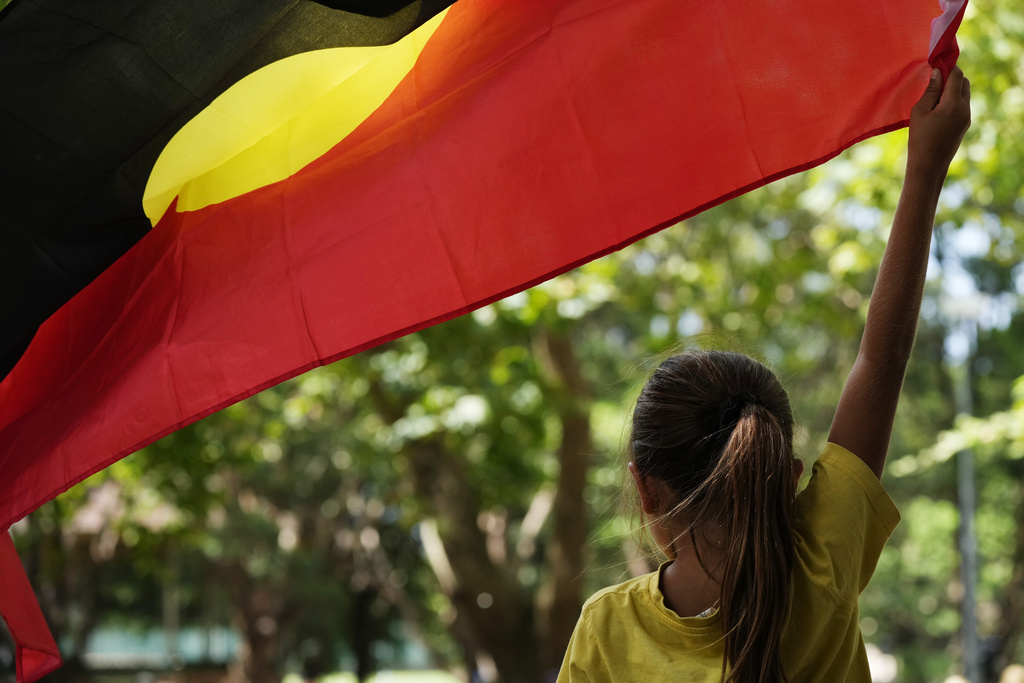The holiday marks the arrival of 11 British ships carrying convicts at Port Jackson in present-day Sydney on Jan. 26, 1788. For many activists, the day marked the beginning of a sustained period of discrimination and expulsion of Indigenous people from their land without a treaty.
Thousands of people, many of whom waved Indigenous flags, rallied in front of the Victoria state parliament in Melbourne, calling for an official day of mourning to be declared across Australia. Large crowds in Sydney chanted for the Australia Day date to be moved. Protests have been organized in every major city in the country.
On Thursday, two monuments symbolizing Australia’s colonial past were damaged in Melbourne. A statue of British naval officer James Cook, who in 1770 charted Sydney’s coast, was sawn off at the ankles, and a Queen Victoria monument was doused in red paint.
Aboriginal and Torres Strait Islander people represented 3.8% of Australia’s population of 26 million, according to a Bureau of Statistics census in 2021. Indigenous people are the nation’s most disadvantaged ethnic minority.
Tensions are high after Australian voters in October resoundingly rejected a referendum to create an advocacy committee to offer advice to parliament on policies that affect Indigenous people. The government had proposed the first constitutional change since 1977 as a step forward in Indigenous rights.
Prime Minister Anthony Albanese said Friday that the national day was an opportunity for Australians to “pause and reflect on everything that we have achieved as a nation.”











